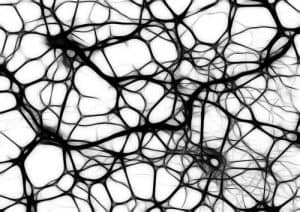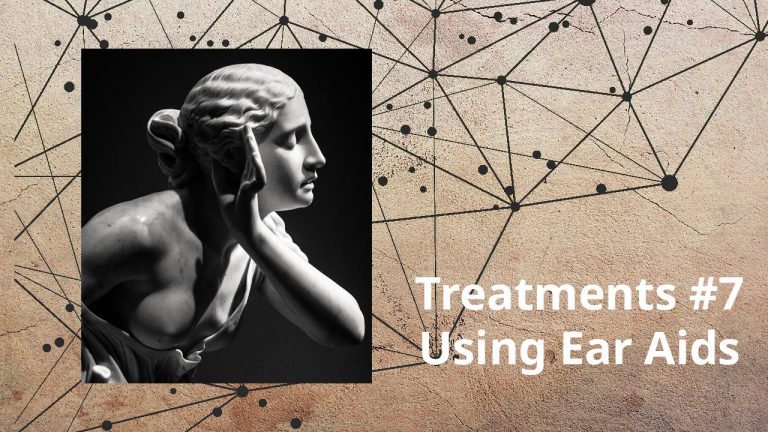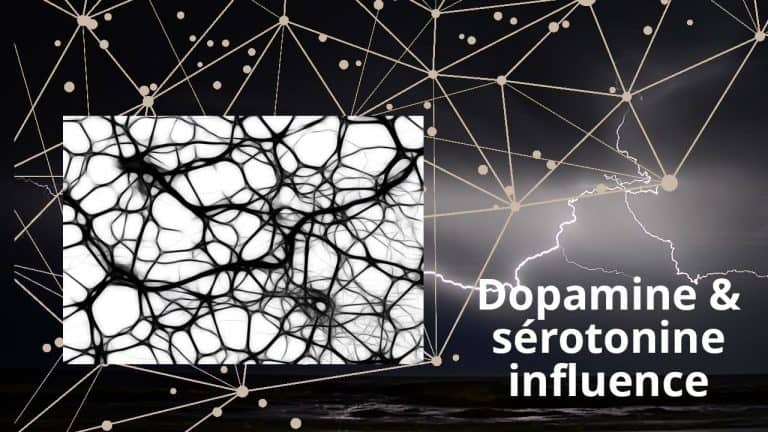Sophrology
Most tinnitus sufferers note that as their stress levels increase, the presence of the tinnitus increases. There seems to be a clear correlation between emotional state, increased stress and the perception of noise.
Sophrology applied to tinnitus aims to reduce its aversive connotation, i.e. the level of emotional toxicity linked to tinnitus symptoms and ultimately to make them more bearable.
That joins the idea of treating tinnitus on several fronts, by using different approaches and techniques, such as supplementation, relaxation, work on the mind and emotions combined with audio treatment.

More generally, Sophrology, developed some 60 years ago by the Colombian psychiatrist A Caycedo, is a psychosomatic approach seeking to treat the patient holistically and globally rather than exclusively at symptom level.
It associates controlled breathing, dynamic relaxation and mental imaging to enhance coping with anxiogenic situations.
Such physical and mental preparation is widely used for elite athletes, for preparing examinations or as adjuvant for pain treatment in various pathologies.
Several scientific studies conducted with people suffering from tinnitus have clearly demonstrated the effectiveness of sophrology as an alternative solution.
Various studies have reported significant improvements from the very first treatment sessions.
The doctor in charge of the patient will therefore be able to propose a protocol of sophrology in the care of the tinnitus patient.
The protocol aimed at treating tinnitus will include about ten sessions of one to one and a half hours each spread over a period of 10 weeks.
The result is obtained by working on the limbic system (seat of the emotions) which is in constant communication with the auditory cortex, the area devoted to the processing of sound stimuli whether they are real (objective) or only perceived by the patient (subjective).
Sophrology offers a complete range of techniques and tools such as suggestion, habituation, muscular relaxation, visualisation, reinterpretation as well as various tools which have the advantage of being able to be used both at the practitioner’s and / or at home.
A protocol of specific sessions based on stages and objectives will enable the tinnitus sufferer to relax despite the presence of parasitic noise, and to acquire tools that will enable him/her to manage the moments of intense perception of tinnitus independently.
As the protocol progresses, the aim will be to better manage the emotions linked to the presence of tinnitus, by considering the subject suffering from chronic tinnitus, no longer as the sole bearer of an ear problem, but more globally as an individual in pain.
Protocol
Here is an example of sophrology tinnitus protocol:
Phase 1, forging the therapeutic alliance, included history-taking to collect clinical data, assess severity (on THI), communicate consensus explanations of the symptom, and set treatment objectives. The patient learns that it is possible to acquire reflexes of relaxation with respect to the perception of tinnitus.
Phase 2 targets symptoms, raising awareness of the acoustic environment, including tinnitus. The sophrologist guides the patient into a state of deep muscular and mental relaxation and of detachment from the parasite noise.
Phase 3 involves progressive “habituation”: i.e., taking distance from the tinnitus. Guided by the sophrologist’s voice into a transitional state between waking and sleep, the subject learns to replace the negative sensations induced by the tinnitus by neutral or pleasant sensations that can then be associated to a specific cue so as to create a “relaxation reflex”.
Here the patient acquires an autonomy enabling them to gradually manage themselves the episodes in which tinnitus becomes intrusive.
To meet the objectives of these 3 phases, the protocol uses codified exercises adapted for tinnitus and deploying specific techniques of respiration, dynamic relaxation and mental imaging.
Each session ends with a time for the patient to freely express their feelings.

Other similar techniques.
Neuro-Linguistic Programming
NLP was born in the USA in 1972. Created by John Grinder and Richard Bandler, this form of therapy is the result of careful observation and modelling of the work of such notable psychotherapists as Virginia Satir, Milton Erickson and Fritz Perls.
These techniques were originally designed to enable people to easily and effectively learn behavioural patterns associated with excellence.
The effectiveness of Neuro-Linguistic Programming lies in the fact that it does not only work on the mental level. Indeed, it goes far beyond that by acting above all, as do Sophrology and Hypnosis, at the level of the emotions. The aim here is to intervene directly on the unconscious via language and the use of our five senses.
Its effectiveness in the treatment of tinnitus symptoms has not been the subject of a study to which it is possible to refer.
However, we can consider that, because of the tools and resources it uses, NLP remains a credible solution that can bring positive results for some people with tinnitus.
Cognitive behavioural therapies (CBT)
Initially developed to treat depression, these therapies have since proved their worth, particularly in the treatment of anxiety and chronic pain.
Intervening on the patient’s psychological terrain, this alternative solution is also based on the joint use of relaxation and mental restructuring techniques.
The aim of cognitive behavioural therapies is also to improve the person’s attitude towards their tinnitus.
The analysis of scientific data on this method has revealed no significant effect on the subjective intensity of tinnitus.
However, a significant improvement in tinnitus-related depression and quality of life was found, indicating that cognitive behavioural therapy has a positive effect on the way patients cope with tinnitus.
In conclusion of this chapter, it can be said that these different methods are part of the toolbox of self-treatment available to the person with tinnitus and that, although the said methods do not claim to eliminate the problem.




